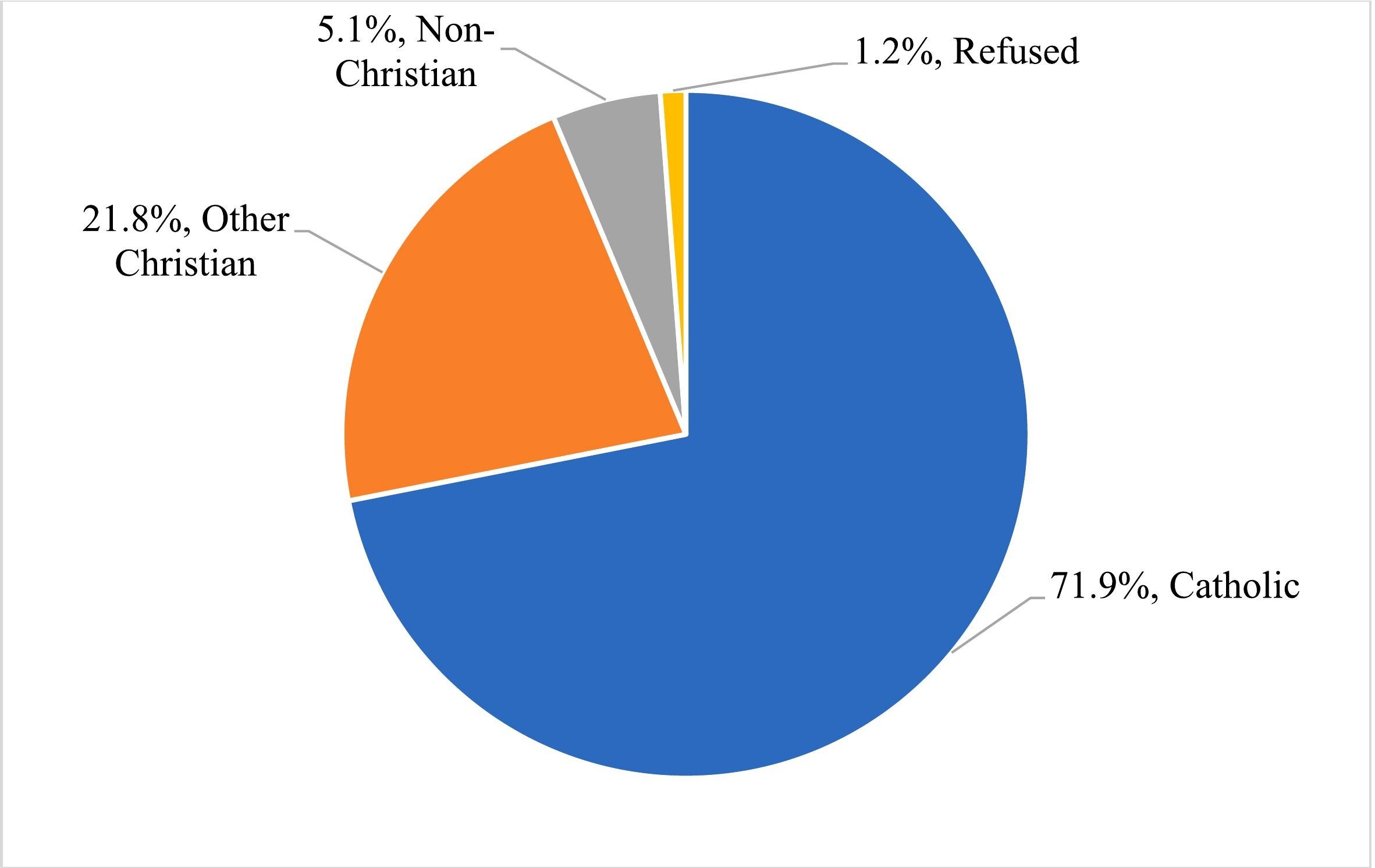One in 250 Australians were sexually abused during childhood by a leader or other adult in a religious organization, new research led by Australian Catholic University shows.
The first nationally representative figures on the prevalence of child sexual abuse by leaders or other adults in religious settings shows nearly three-quarters of the reported cases occurred in Catholic-run organizations.
The research, led by ACU’s Institute of Child Protection Studies (ICPS), reveals about 0.4% of the population, or an estimated 87,000 Australians, experienced sexual abuse during childhood by leaders and other adults in religious organizations, including male and female clergy, priests, and pastors.
The analysis, published in Child Abuse & Neglect, used data from the landmark Australian Child Maltreatment Study (ACMS), which surveyed 8,503 Australians aged 16 and above about their experiences of maltreatment in childhood. The new analysis found:
- Boys experienced more sexual abuse (0.8%) than girls (0.1%) by religious perpetrators.
- Almost all perpetrators of this form of child sexual abuse were men.
- Children were typically aged 7–11 when first sexually abused by religious leaders or other adults.
- Most people who experienced child sexual abuse by leaders or other adults said it occurred in Catholic organizations (71.9%), followed by other Christian denominations including Anglican, Jehovah’s Witness, and Orthodox (21.8%) and non-Christian religious organizations (5.1%).
- The prevalence of child sexual abuse at the hands of leaders or other adults in religious organizations has declined over time, from 2.2% of men aged 65 and older, down to 0.2% of men aged 16–24.
The new study was led by ICPS Ph.D. candidate Gabrielle Hunt and co-authored by researchers including ICPS Director Professor Daryl Higgins, QUT School of Law Professor Ben Mathews, and ACU Faculty of Health Sciences Associate Professor Megan Willis.
Hunt said the data revealed boys were more likely than girls to be sexually abused by leaders or other adults in religious organizations, which was overwhelmingly perpetrated by men in positions of power.
“We can learn from this data by understanding the heightened risk to boys in religious settings, addressing the role men are playing in harming children, and examining the ways in which toxic ideas about power, sex, and masculinity create harm for children,” she said.
Higgins said while all child maltreatment was unacceptable, child sexual abuse in religious organizations represented a stark betrayal of the faith families put in such institutions.
“Child sexual abuse by religious perpetrators is a particularly heinous issue as it involves abusing positions of power, betraying children’s trust, and exploiting a tripartite power relationship driven by sexual, organizational, and religious power,” he said.
The ACMS key findings, released last year, revealed 28.5% of Australians aged 16 and above had experienced child sexual abuse.
Mathews said ongoing analysis of the landmark research, including the new findings led by Hunt, had revealed the prevalence, nature, and outcomes of different forms of child maltreatment in Australia, and had galvanized policy and practice reforms.
“Child sexual abuse by religious perpetrators is particularly egregious. It has affected far too many Australians, and we must support those who have experienced it. It is heartening that the prevalence has declined over time. Government inquiries, increased awareness and monitoring, and child-safe regulations have influenced this decline—but the work is far from over,” he said.
More information:
Gabrielle R. Hunt et al, Submission to child abuse and neglect the prevalence of child sexual abuse perpetrated by leaders or other adults in religious organizations in Australia, Child Abuse & Neglect (2024). DOI: 10.1016/j.chiabu.2024.106946
Citation:
Study reveals prevalence of child sexual abuse in religious settings (2024, August 5)
retrieved 5 August 2024
from https://phys.org/news/2024-08-reveals-prevalence-child-sexual-abuse.html
This document is subject to copyright. Apart from any fair dealing for the purpose of private study or research, no
part may be reproduced without the written permission. The content is provided for information purposes only.

